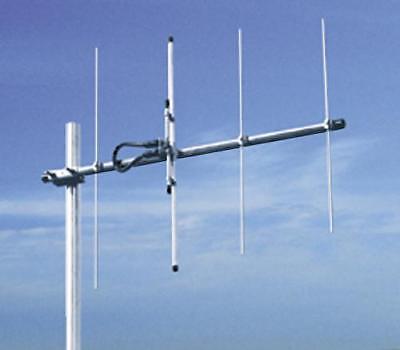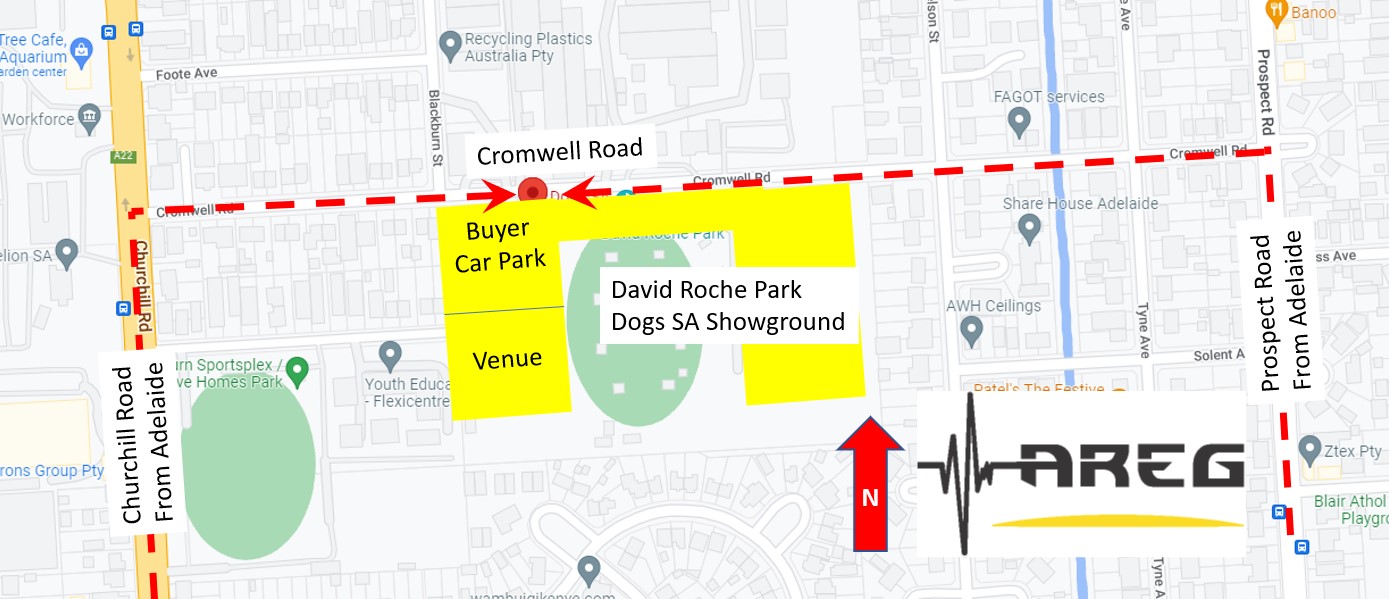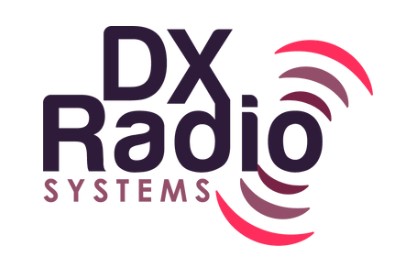 The next meeting of the Amateur Radio Experimenters Group will be held on Friday 16th September, 7.45pm at the Fulham Community Centre, Phelps Court, Fulham.
The next meeting of the Amateur Radio Experimenters Group will be held on Friday 16th September, 7.45pm at the Fulham Community Centre, Phelps Court, Fulham.
The presentation this month is an introduction to DMR – “Digital Mobile Radio”, following on from the successful launch of the club’s VK5RWN DMR Repeater on 438.900MHz last month.
Our panel of speakers includes Mark VK5QI who will introduce the fundamentals of DMR, Ben VK5BB who will take us through what all of the DMR terminology means and how it applies to programming your DMR radio, and Peter VK4NBL who will take us through other ways of connecting to DMR when you are out of range of the repeater.
 For AREG regional members, the presentation will be webcast via Zoom. For non members we will be streaming the presentation via VK7HH Hayden’s HamRadioDX channel on YouTube! (details to follow)
For AREG regional members, the presentation will be webcast via Zoom. For non members we will be streaming the presentation via VK7HH Hayden’s HamRadioDX channel on YouTube! (details to follow)

Visitors are always welcome at the hall. There will also be a short business meeting held after the presentation.
For members, this is also intended as an introduction to a subsequent code plug building workshop night to be held in the next 4-6 weeks at the hall, If you have any interest or even curiosity in what DMR is all about this is a very useful presentation to come and learn more!
 As a reminder, AREG is hosting a presentation this Friday night introducing DMR Digital Voice networks, following the commissioning of the VK5RWN DMR Repeater.
As a reminder, AREG is hosting a presentation this Friday night introducing DMR Digital Voice networks, following the commissioning of the VK5RWN DMR Repeater. Fulham, Adelaide. Doors open from 7.15pm
Fulham, Adelaide. Doors open from 7.15pm The Adelaide AREG DMR repeater is in part made possible through internet services obtained from KernWi-Fi, who also sponsor AREG’s Adelaide CBD analogue repeater site VK5RSA.
The Adelaide AREG DMR repeater is in part made possible through internet services obtained from KernWi-Fi, who also sponsor AREG’s Adelaide CBD analogue repeater site VK5RSA.





















